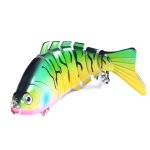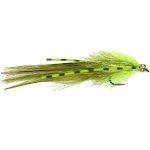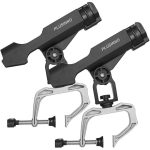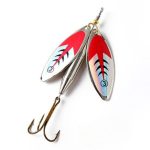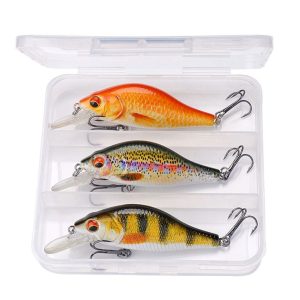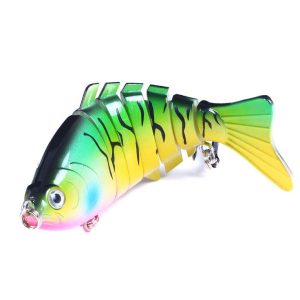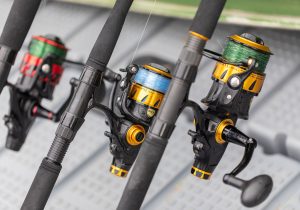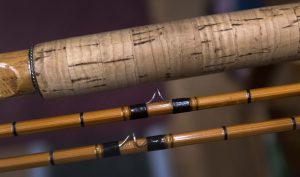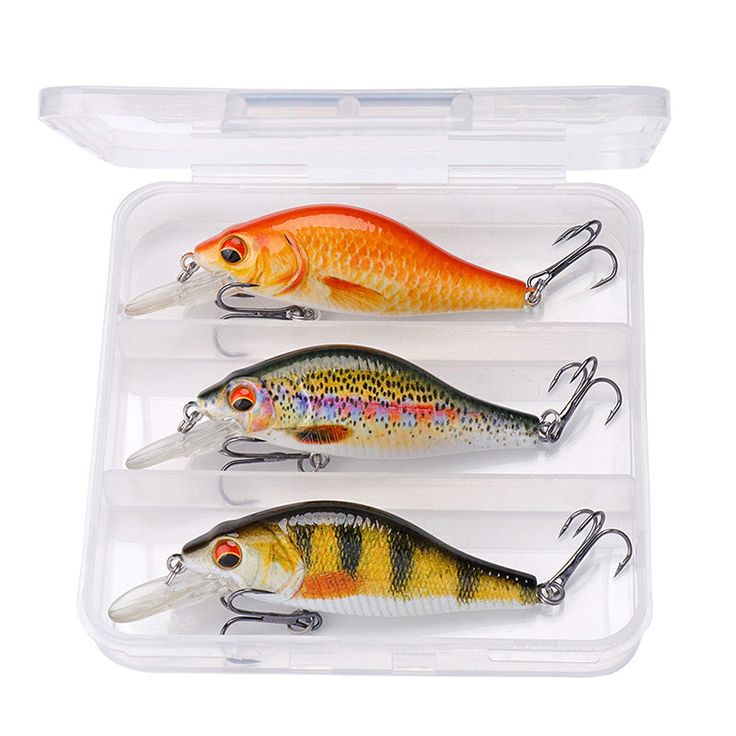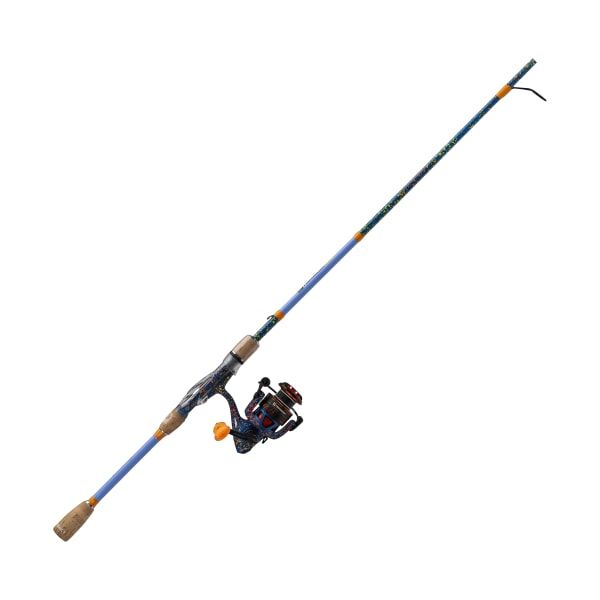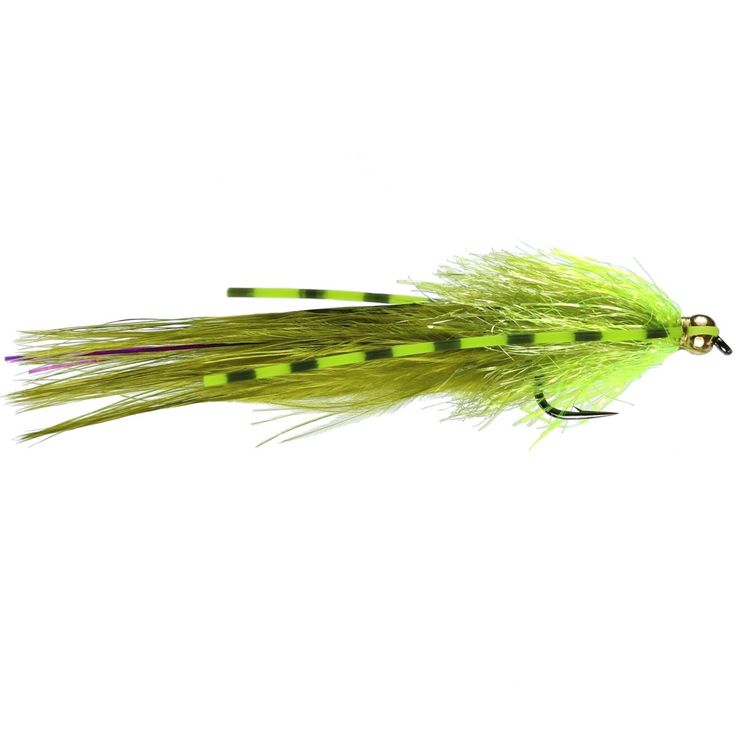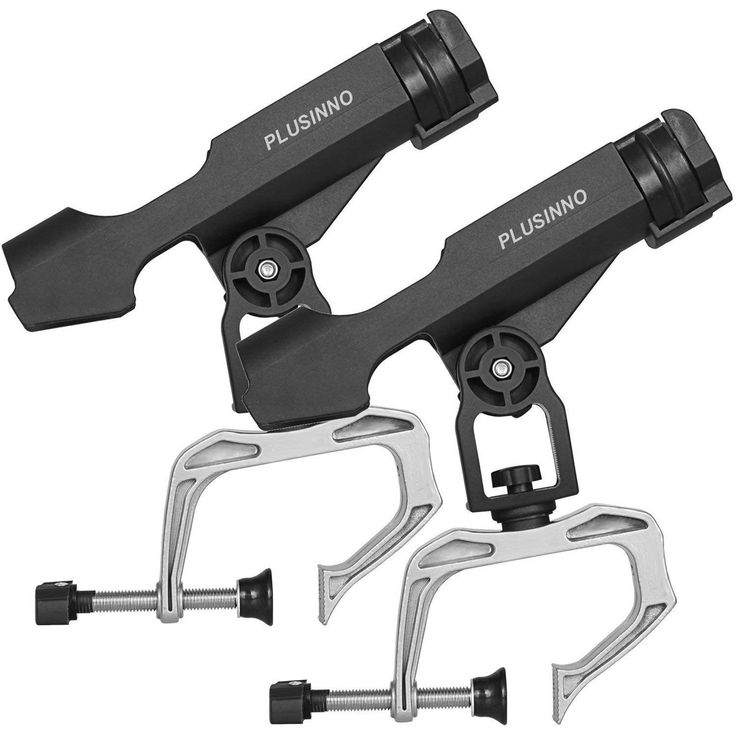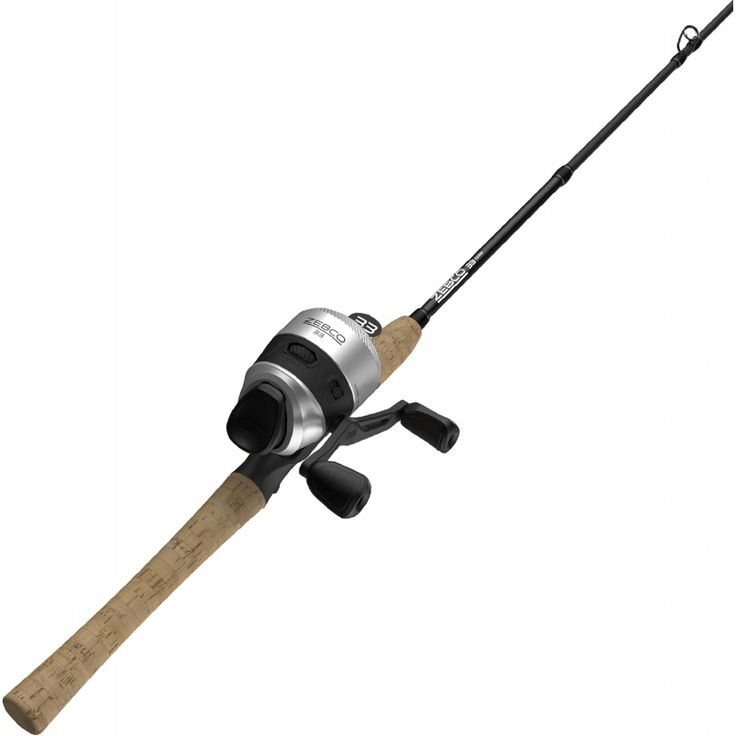Fishing is a beloved pastime for many, and having the right equipment can make all the difference. One essential accessory for any angler is a reliable rod holder. While there are many commercially available options, crafting your own homemade fishing rod holder can be both cost-effective and rewarding. This article will guide you through the process of creating homemade fishing rod holders, exploring the benefits, materials needed, and step-by-step instructions. Therefore, whether you are an experienced DIY enthusiast or a beginner, you will find valuable insights on how to build your own fishing rod holder.
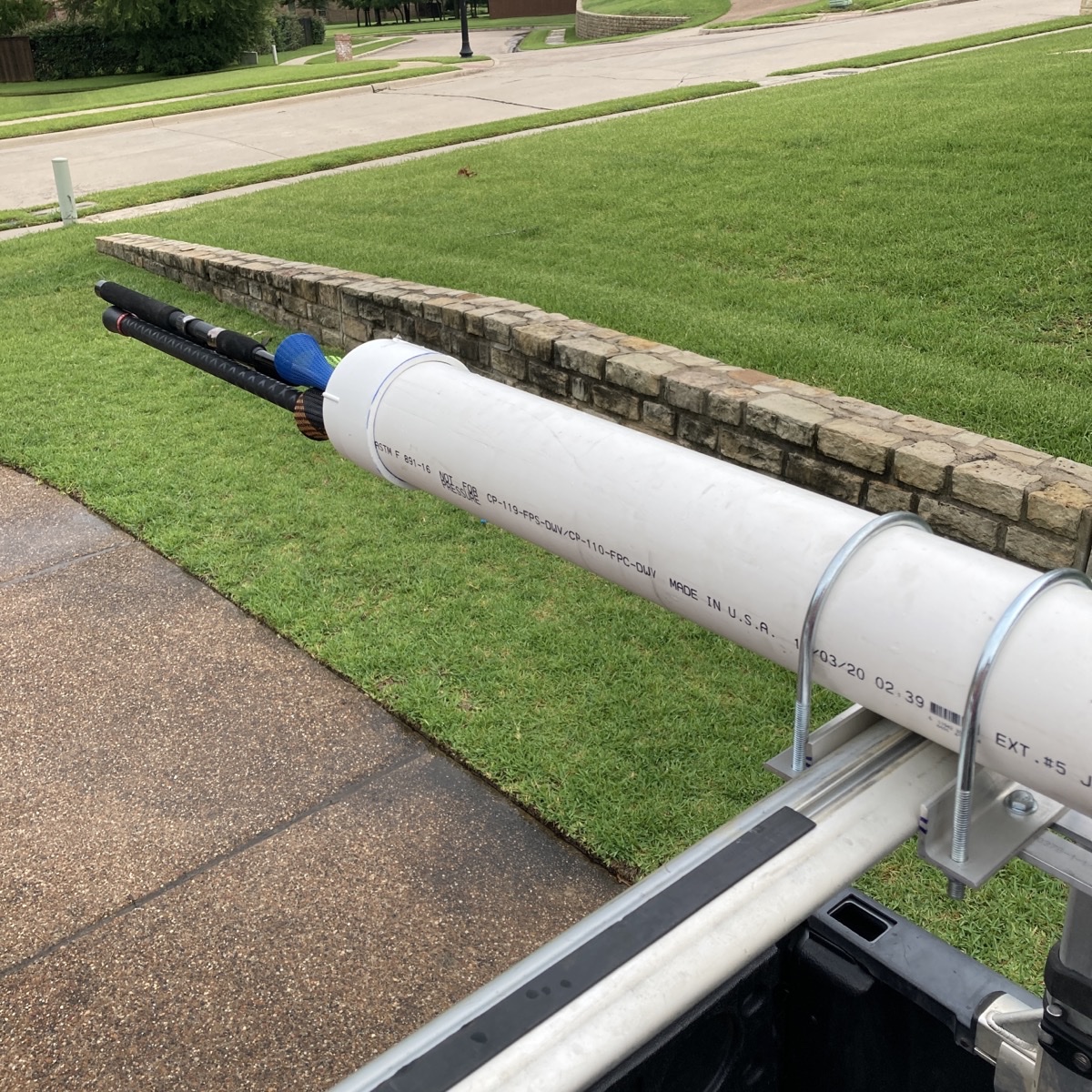
Benefits of Homemade Fishing Rod Holders
Creating your own fishing rod holder offers several advantages. Firstly, it allows for customization to fit your specific needs and preferences. Unlike store-bought options, a homemade holder can be tailored in terms of size, material, and design. Additionally, crafting a rod holder can be a fun and fulfilling project. It provides a sense of accomplishment and allows you to showcase your creativity. Moreover, homemade fishing rod holders are often more cost-effective. By using readily available materials, you can save money while still enjoying a high-quality product. Therefore, understanding the benefits of homemade holders can motivate you to embark on this DIY journey.
Customization and Personalization
One of the main benefits of homemade fishing rod holders is the ability to customize them. You can tailor the design to suit your specific fishing needs, whether you fish from shore, a boat, or a kayak. Customization options include the number of rod slots, the height of the holder, and the type of material used. Additionally, you can personalize the holder with unique features such as built-in storage or aesthetic touches. This level of customization ensures that your fishing rod holder is perfectly suited to your preferences. Therefore, crafting your own holder offers unparalleled flexibility and functionality.
Cost-Effectiveness
Another significant advantage of homemade fishing rod holders is cost-effectiveness. Purchasing a high-quality, commercial rod holder can be expensive. However, by making your own, you can save money without compromising on quality. Many of the materials needed for a DIY rod holder are inexpensive and readily available at hardware stores. Additionally, repurposing materials you already have can further reduce costs. Therefore, a homemade rod holder provides an affordable solution for anglers looking to enhance their fishing setup.
Materials Needed for a DIY Fishing Rod Holder
Gathering the right materials is the first step in creating a homemade fishing rod holder. The materials you choose will depend on the design and type of holder you wish to create. There are several common materials that work well for this project, each offering different benefits. Understanding the options available will help you make informed choices and ensure the durability and functionality of your holder. Therefore, preparing the necessary materials is crucial for a successful DIY project.
Common Materials
Several common materials are frequently used in creating homemade fishing rod holders. PVC pipe is one of the most popular choices due to its durability and versatility. It is easy to cut and assemble, making it ideal for DIY projects. Wood is another excellent material, offering a classic and sturdy option. You can use wooden dowels or boards, depending on your design. Metal, such as aluminum or stainless steel, is also an option for those seeking extra durability. Each material has its advantages, so choose one that fits your needs and skill level. Therefore, having a clear understanding of the materials will set the foundation for your project.
Additional Supplies and Tools
In addition to the main materials, you will need various supplies and tools to complete your fishing rod holder. These may include a saw for cutting, a drill for creating holes, and screws or adhesive for assembly. Measuring tape, sandpaper, and a level are also helpful for ensuring accuracy and smooth finishes. Depending on your design, you might need paint or varnish for added protection and aesthetics. Gathering all these supplies beforehand will streamline the building process. Therefore, preparing additional tools and supplies is essential for a smooth and efficient DIY project.
Step-by-Step Instructions for Building a Fishing Rod Holder
Building a homemade fishing rod holder involves several key steps. By following a structured approach, you can ensure that the end product is both functional and durable. This section will outline detailed, step-by-step instructions for creating a basic rod holder. Therefore, whether you are a novice or an experienced DIYer, these instructions will guide you through the process.
Designing Your Holder
The first step in building a fishing rod holder is to design it. Start by considering where you will use the holder, such as on a boat, onshore, or in a garage. Measure the space where you plan to place the holder to determine its dimensions. Sketch a simple design, including the number of rod slots and any additional features you want to incorporate. Consider factors such as stability and ease of access when designing. This initial planning phase is crucial for ensuring that your holder meets your specific needs. Therefore, taking the time to design thoughtfully will lead to a more successful and satisfying project.
Cutting and Assembling the Materials
Once you have a design, the next step is cutting and assembling the materials. If using PVC pipe, measure and cut the pipe into the desired lengths for the rod slots and base. Sand the edges to remove any rough spots. If you are using wood, cut the pieces according to your design measurements. Attach the rod slots to the base using screws or adhesive, ensuring they are evenly spaced and securely fastened. Use a level to ensure that the holder is straight and stable. This assembly phase requires precision and care to ensure the durability and functionality of the holder. Therefore, following accurate measurements and assembly techniques is essential for a professional-quality DIY holder.
Tips for Enhancing Your DIY Fishing Rod Holder
Enhancing your homemade fishing rod holder with additional features and improvements can further boost its functionality and aesthetic appeal. There are several tips and ideas that can help you customize and optimize your holder. These enhancements can be practical, such as adding storage compartments, or aesthetic, such as painting or varnishing the holder. Therefore, considering these tips will help you create a customized and superior fishing rod holder.
Adding Storage Features
One way to enhance your fishing rod holder is by adding storage features. Incorporate compartments or hooks for storing tackle, bait, and other fishing accessories. This can streamline your fishing setup, keeping everything organized and easily accessible. Use small bins or containers to create dedicated storage areas. Secure these storage features to the base of the holder for stability. Additionally, consider adding a small shelf for extra storage space. These storage enhancements can significantly improve the functionality of your fishing rod holder. Therefore, incorporating storage features ensures a well-organized and efficient fishing experience.
Improving Stability and Durability
Ensuring that your homemade fishing rod holder is stable and durable is crucial for its long-term use. Reinforce the base with additional supports or weight to prevent tipping. Use weather-resistant materials or coatings to protect the holder from the elements if used outdoors. Applying a layer of varnish or waterproof paint can enhance the holder’s durability. Additionally, check all connections and fastenings regularly to ensure they remain secure. These improvements will help maintain the holder’s condition and functionality. Therefore, focusing on stability and durability will result in a more reliable and long-lasting fishing rod holder.
Conclusion: The Satisfaction of a DIY Project
Crafting a homemade fishing rod holder is a rewarding project that offers numerous benefits. From the customization and cost-effectiveness to the sense of accomplishment, there are many reasons to create your own holder. By following the detailed instructions and tips provided, you can build a functional and durable fishing rod holder. Additionally, enhancing the holder with storage features and improvements ensures a superior product. Therefore, embarking on this DIY project not only enhances your fishing experience but also provides a fulfilling and enjoyable endeavor.

